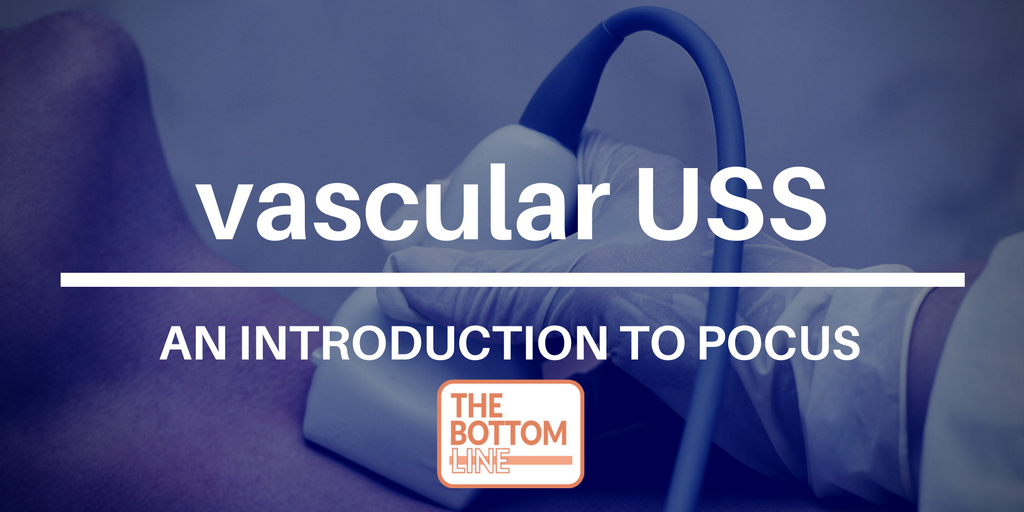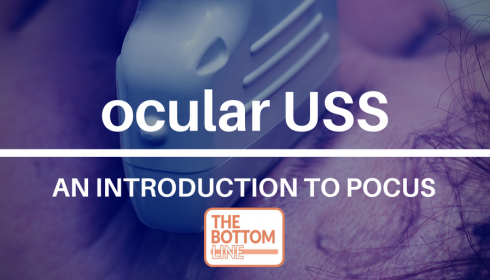The Bottom Line on Point-of-Care Vascular Ultrasound

Why Learn it?
Imaging arteries and veins has a veritable cornucopia of uses.
- In diagnostics:
- DVT assessment
- Assessment of fluid status (using IVC, internal jugular or subclavian collapsibility/distensibility indices)
- Detecting arterial pathologies (aneurysms, dissection, thrombi)
- Assessment of fluid responsiveness using carotid/brachial flow time measurement
- In therapeutics:
- Ultrasound for central line placement is considered the gold standard of care in many critical care units worldwide, and is a core skill in many hospital-based medical specialties.
- Arterial lines, peripheral cannulae, ECMO cannulae, and interventional radiological procedures can all be ultrasound guided.
Limitations/Challenges
- Training/maintaining competency can be a challenge outside of anaesthesia
- Controversies with ultrasound for vascular access include technique, complication rate (reduced but not eliminated) and whether over reliance on ultrasound leads to de-skilling of the landmark techniques.
- Optimal technique to teach for DVT assessment (2 point compression, 3 point compression, or comprehensive scan) unclear
- Vascular assessment of fluid responsiveness full of pitfalls- false positives (high tidal volumes, normal variant) false negatives (raised IAP, high PEEP, RV failure) a large gray zone, and limited validation.
Resources
- International evidence based guidelines on ultrasound guided vascular access.
- Sonomojo reading list- ultrasound guided vascular access module (an excellent collection of videos on ultrasound-guided peripheral venous, central venous, and arterial access)
- UK CUSIC accreditation
- 5 minute sono- DVT
- Ultrasound podcast– DVT
- Sonosite DVT how-to video
- Compression Ultrasound for DVT– useful info from Dr Justin Bowra



